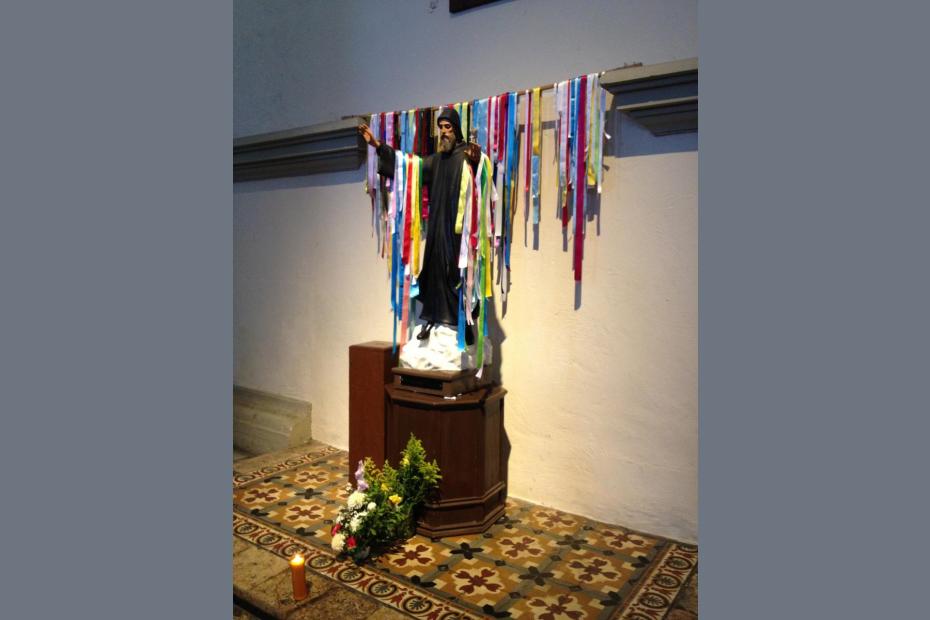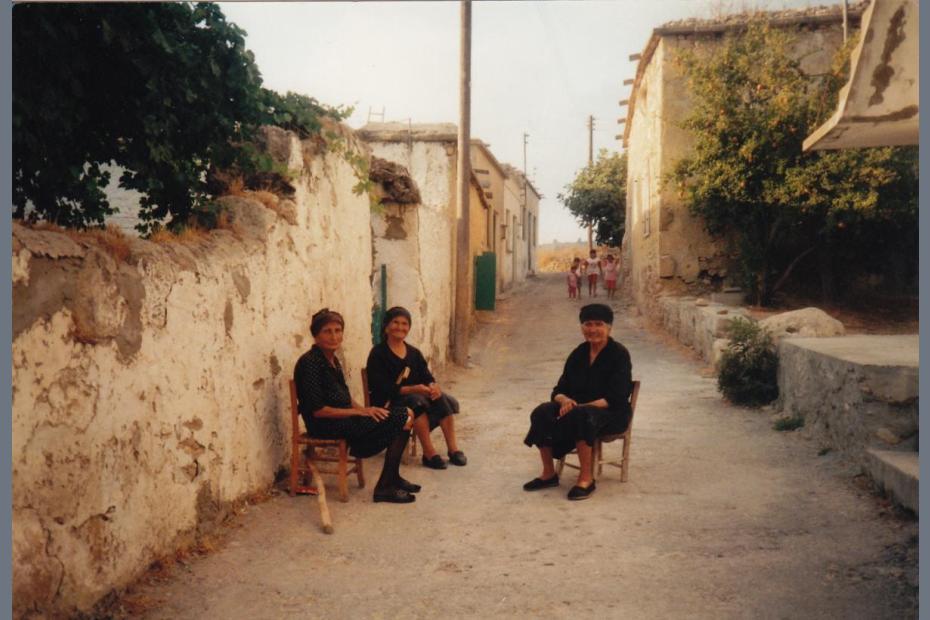In the wake of a century-long of exodus from the traditional Maronite heartland, there are more Maronites living outside of Lebanon and Syria than in those lands. The 2015 Annuario Pontificio counts 720,000 Maronites living in Argentina (almost half as many as live in Lebanon itself), 493,000 in Brazil, 156,000 in Mexico, 150,000 in Australia, 87,900 in Canada, 85,700 in the United States, 50,600 in France, 10,800 in Cyprus, and 20,200 in Israel and Palestine, 5,150 in Egypt, and 1,560 in Jordan.1 A West African eparchy (diocese) was established in Nigeria in 2014, but the number of Maronites there is not listed in the Annuario.2 Given that there are no Maronite eparchies in diasporic countries other than those listed above, the numbers elsewhere are unknown.
Maronites have been in Cyprus since the 13th century, and in other parts of the Middle East for centuries.3 Beyond that, significant emigration only began in the late 19th century, and accelerated after World War I, particularly to Argentina, the United States, Mexico and Canada. This immigration was primarily for economic opportunities in the new lands.4 Emigration spiked during the 1975-1990 Lebanese civil war, and continues for those seeking specialized job opportunities.
Maronite parishes function as both religious and ethnic Lebanese communities, and can be places of particularly strong attachment for new immigrants. For later, diaspora-born generations, this relationship often is more complicated, especially with intermarriage. Likewise, many Maronites live at a distance from a Maronite parish and thus worship, when they do, in Latin or other Catholic churches. Generations of Maronites born in the diaspora are fluent in local languages rather than Arabic, so worship generally shifts to those languages.5 Ray Jabre Mouawad suggests that Maronites who left Lebanon in the most recent war have proven even less likely than earlier generations to see their migration as temporary.6
The effect of migration on the Church in Lebanon is significant. Many parishes and families in the diaspora played an important role in financing the reconstruction of homes and churches in Lebanon after the 1975-1990 war.7 More significantly, perhaps, outward migration threatens the complex balance of population and political power between Christians and Muslims in Lebanon, a cause of considerable anxiety for Christians there.
- 1Annuario Pontificio (Vatican City, Libreria Editrice Vaticana, 2015), as collated by Rev. Ronald G. Roberson, CSP, and available at http://www.cnewa.ca/source-images/Roberson-eastcath-statistics/eastcatholic-stat15.pdf, 4. The site also includes information on numbers of clergy and parishes by jurisdictional area. Accessed April 22, 2016.
- 2Annuario Pontificio, op.cit.
- 3Paturel, Simone. “Reconstructing the History of the Cypriot Maronites.” Journal of Cyprus Studies 15, no. 37 (September 2009): 19–39.
- 4Ray Jabre Mouawad, Les Maronites: Chrétiens du Liban (Turnhout, Belgium: Brepols, 2009), 190-92
- 5Mouawad reports that at the last worldwide synod, held in Lebanon, many of the participants from abroad spoke in English, French or Spanish, rather than Arabic. Mouawad, Les Maronites, 190.
- 6Mouawad, Les Maronites, 194-197.
- 7Mouawad, Les Maronites, 190, 96.

